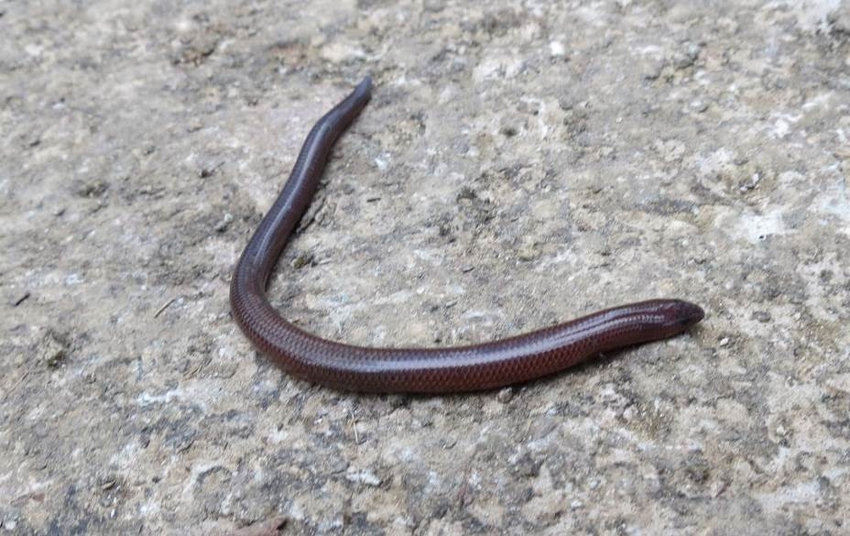| Citation |
|
Description |
Geographic Range [top]
Range Description: This species is endemic to Cebu Island in the Philippines (Brown and Alcala 1980). It was initially collected by Brown and Rabor (1967), who recorded it from 40km southwest of Cebu City (at the localities of Tapal, Mantalungon, Barile and Buhisan). It has also been possibly collected at Buhisan dam, and may be present at Alcoy and Tabunan (L.M. Paguntalan pers. comm. 2007). The map shows the approximate area of these localities.
Countries occurrence:
Native:
Philippines
Additional data:
Range Map: Click here to open the map viewer and explore range.
Population [top]
Population: The abundance of this species is poorly known. Brown and Rabor (1957) collected 13 specimens including the holotype.
Current Population Trend: Decreasing
Additional data:
? Population severely fragmented: No
Habitat and Ecology [top]
Habitat and Ecology: Animals have been reported from among ground cover (leaf litter, logs and coconut husks) in primary and mixed secondary tropical moist forest (including coconut and banana trees) (Brown and Alcala 1980). It is an ovoviviparous species.
Systems: Terrestrial
Threats [top]
Major Threat(s): Much of the original forest of Cebu has now been cleared, with remaining suitable habitat threatened through conversion to agro-forestry systems (including Gmelina arborea and teak plantations), mango plantations, and for the production of cut-flowers.
Conservation Actions [top]
Conservation Actions: Although the species has not been recorded with certainty from a protected area, Buhisan dam is part of the Central Cebu Protected Landscape. There is an urgent need to secure the protection of remaining fragments of tropical moist forest on Cebu.
Citation: Paguntalan, L.M., Jakosalem, P.G., Gonzalez, J.C. & Diesmos, A. 2009. Brachymeles cebuensis. The IUCN Red List of Threatened Species 2009: e.T169811A6677132. http://dx.doi.org/10.2305/IUCN.UK.2009-2.RLTS.T169811A6677132.en. Downloaded on 30 January 2019.
Disclaimer: To make use of this information, please check the .
Feedback: If you see any errors or have any questions or suggestions on what is shown on this page, please provide us with feedback so that we can correct or extend the information provided
|

